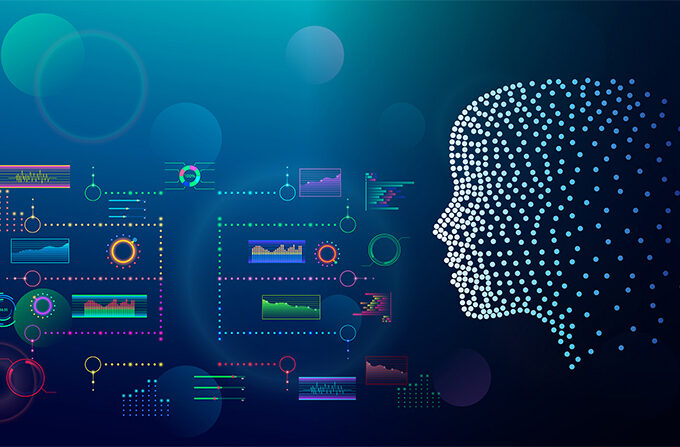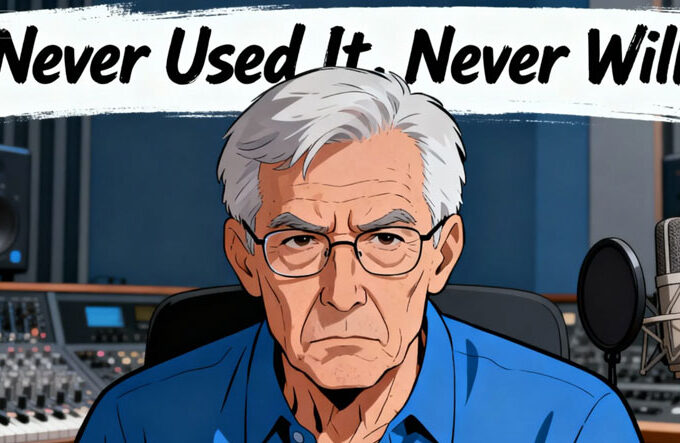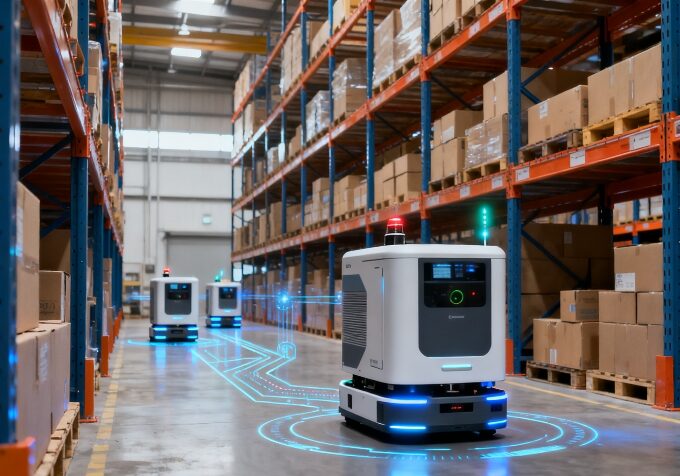The AI field has recently garnered widespread attention due to a novel small model launched by DeepSeek. This DeepSeek-OCR model, containing only 3 billion parameters, demonstrates breakthrough results in information processing efficiency despite having a parameter scale far smaller than mainstream large models. The research team has proven through experiments that AI possesses efficiency advantages when processing document information using visual understanding compared to traditional text processing.
In terms of information processing costs, this model shows significant advantages. Taking Chinese text as an example, traditional methods require about 1000 text tokens to process a thousand-character document, whereas DeepSeek-OCR, through visual encoding technology, requires only 100 visual tokens to achieve 97% accuracy restoration. Even when the compression ratio is increased to 20 times, it can still maintain 60% core information accuracy. This compression efficiency is akin to refining a whole box of books into portable notes, saving space while retaining key content.
The core of the technical implementation lies in the research team’s independently developed DeepEncoder. This system adopts a three-stage processing mechanism: first, it parses content in blocks through a window attention mechanism; then, it removes redundant information through a 16x compression module; finally, it extracts core elements via global attention. This processing method is similar to the categorical management in a library, placing frequently used books in prominent positions and archiving less common materials, optimizing storage space while ensuring retrieval efficiency.

Comparative tests with mainstream OCR tools on the market show that the MinerU2.0 model released by Shanghai Artificial Intelligence Laboratory in 2025 requires over 6000 tokens to process a single-page document, while DeepSeek-OCR achieves better results using less than 800 tokens. This difference is equivalent to using a small truck to complete a task originally requiring a heavy-duty truck, with higher transport quality.
According to the latest news, the research team made an unexpected discovery during experiments: when the information compression ratio reached 20 times, the decline in recognition accuracy for low-resolution images highly coincided with the decay pattern of human memory. This discovery prompted them to construct a unique memory simulation mechanism——encoding dialogue history into visual tokens of different resolutions based on temporal proximity. Recent dialogues maintain high definition, while older dialogues are progressively compressed, saving computational resources while aligning with practical usage needs.
The team’s innovative thinking is particularly evident in the model architecture. Unlike traditional OCR focusing on improving recognition accuracy, they shifted their research focus to the fundamental issue of information compression. This approach continues their breakthrough in the MoE architecture——through the combined design of “Shared Experts + Routing Experts,” they achieved effects surpassing models with tens of billions of parameters using only 570 million activated parameters.
This model’s technical path breaks through traditional frameworks, reconstructing the information processing paradigm through visual understanding. This innovation is reflected not only in parameter efficiency but also in the exploration of the essence of AI cognition. While the industry is still pursuing model scale, DeepSeek has already turned to researching how AI can make intelligent decisions under resource constraints. This differentiated strategy might precisely indicate the development direction for the next generation of AI technology.










